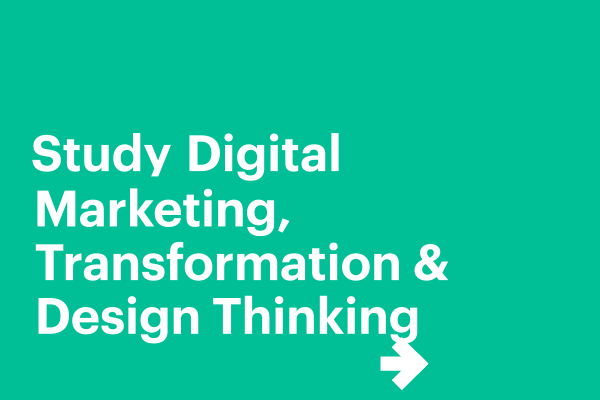“Generations take on special meaning because their members tend to experience critical life events and transitions at particular historical moments, and these moments define their lives.”
So said Deborah Carr, professor and chair of the sociology department of Boston University, in her 2019 treatise Golden Years?: Social Inequality in Later Life. If this statement is true – and Carr provides thoughtful evidence to describe the circumstances of baby boomers in their “golden years” – what may this tell us about the millennials who are currently in their prime and running today’s businesses?
The generations explained
From the nineteenth century, social scientists have held that generational analysis of the social, economic and political changes in society may add to our understanding of how young people respond to these changes. These changes contribute to the attitudes, values, behaviours and lifestyles within the generation.
Although such classification of generations is not an exact science, millennials (also known as Generation Y, or Gen Y) are those born between 1980 and 1995 who grew up around the turn of the third millennium. They were preceded by the baby boomers of post-World War II, and Generation X, people born between 1965 and 1980. Millennials are followed by Generation Z (or iGen’ers, ±1996-2012) and Generation Alpha (±2012-2025).
Formative influences
If sociologists are correct in saying that particular birth cohorts can be located in specific historical and cultural circumstances, causing successive generations to develop a unique “peer personality”, what are the circumstances that give rise to Gen Y? More specifically, what effect might these circumstances have had on the way they participate in the economy?


Fourth Industrial Revolution – 4IR
The term 4IR characterises the trend towards automation and data exchange in manufacturing technologies and processes. The term was only introduced to a wider audience in 2015 by Klaus Schwab, chairman of the World Economic Forum. Millennials were ready to embrace it.
Encompassing a range of technological innovations, including the internet of things (IoT), cloud computing and artificial intelligence (AI), 4IR followed rapidly on the heels of the Third Industrial Revolution that ushered in the digital revolution of the late twentieth century.
Other influences
As a result, millennial businesspeople have come of age in a world characterised by globalisation, the defining feature of which is unprecedented economic, cultural and political connectivity. Globalisation and connectivity together have changed the way in which businesses conceive of themselves and their markets.
Design thinking
In a world that can be described as VUCA (volatile, uncertain, complex, ambiguous) and BANI[1] (brittle, anxious, non-linear, incomprehensible), millennials have had to come up with new ways of tackling business problems for which there is no blueprinted solution.
Enter the world of design thinking, a new approach to problem solving that places the end-user of the product or service firmly at the forefront of the solution.
Founded in long-practised problem-solving techniques of root cause analysis and its many variations (FMEA, fault-tree analysis, Ishikawa diagrams, etc.), design thinking is the preferred millennial tool with its focus on the user experience.
In brief, the process taught by leading universities like Stanford and Harvard contains five essential phases of thinking about a problem:
Empathise → Define → Ideate → Prototype → Test
This iterative process helps you think out-of-the-box in order to approach problems in innovative ways. Also called human-centred design, the starting point of design thinking is to observe and develop empathy with the target users.
UX and UI
It is no coincidence that the design thinking approach has given rise to the now widely applied concepts of user experience (UX) and user interface (UI). At the heart of design thinking is an analysis of how the user experiences a product, system or service. This is particularly – but not exclusively – true of the customer’s experience of technology.
As an example, and to illustrate the difference between UX and UI, website design includes elements of marketing and branding on the one hand, and visual design and usability on the other. The former is the conceptual arena of the UX specialist; the latter is the domain of the UI specialist.
As the Internet of Things (IoT) expands its reach into nearly every aspect of our lives, so has UX – defined as “all aspects of the end-user’s interaction with the company, its services, and its products”[2] – become the focus of many millennial businesses.


What businesses?
So, what type of businesses are millennials operating? Not surprisingly, they’re almost all technology based.
Most recognisable is probably Mark Zuckerberg, founder of Facebook, born in May ‘84. Other millennials known more for their products and services than by name are Mike Krieger and Kevin Systrom (Instagram), Ben Silbermann and Evan Sharp (Pinterest), David Karp (Tumblr), Sean Rad (Tinder), and Adam D’Angelo (Quora).
Also making a splash (and considerable amounts of money) are Brian Chesky (CEO of Airbnb), Michelle Phan (beauty YouTuber), and Jessica Alba (actress and founder of The Honest Company, making ethical wellness products).
Millennial Businesses
In short, millennial businesses are headed by “digital natives fuelled by innovation”, who equate personal goals with business goals and where the company culture is paramount. Which all sounds like a recipe for success.
Entrepreneurship at EU Business School
EU Business School offers a range of programs to suit budding entrepreneurs. If you are interested in creating a solid foundation for a successful business career, see our website for more information.
[1] See previous articles: “Team Management: what is VUCA leadership”, and “VUCA vs. BANI: dealing with the new world”
[2] The term was coined by cognitive scientist Don Norman in the early 1990s.


















